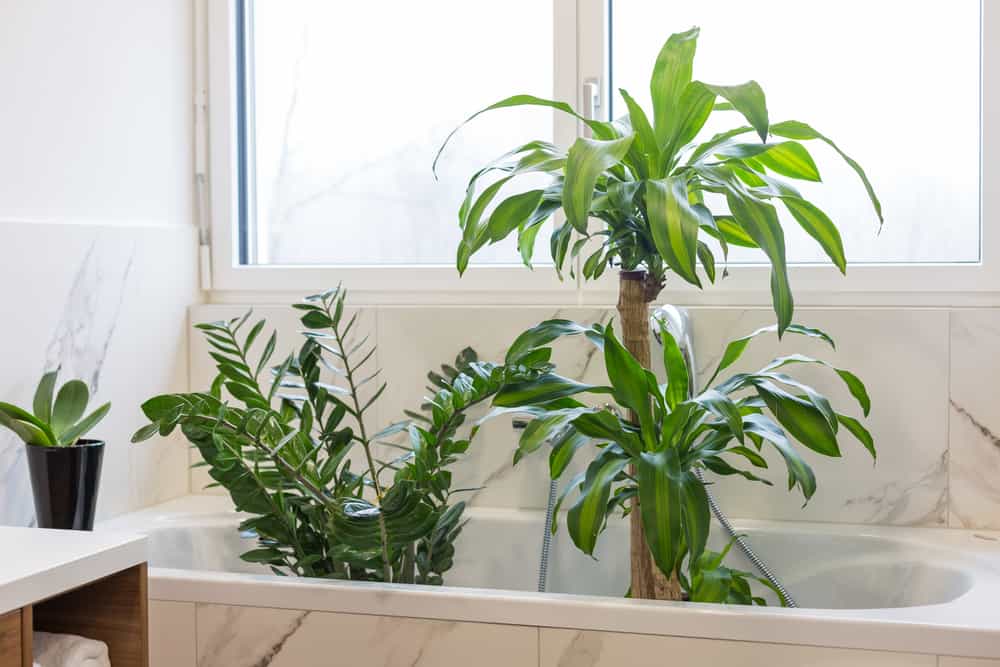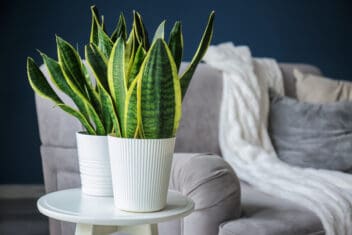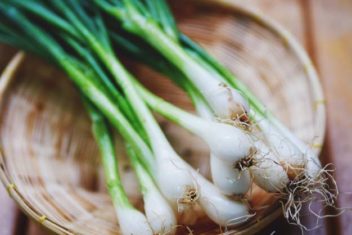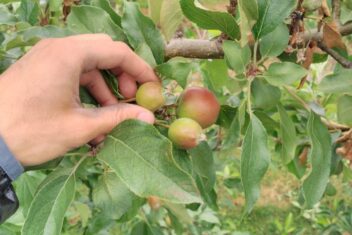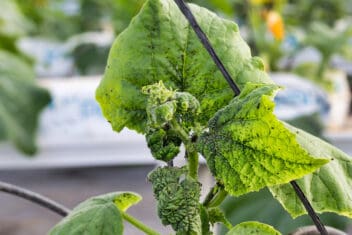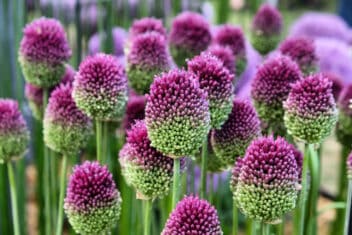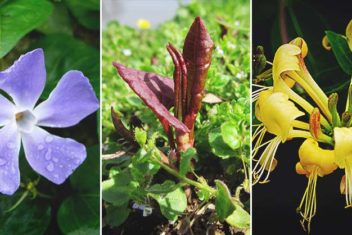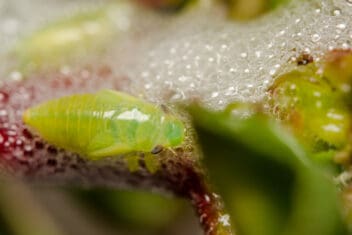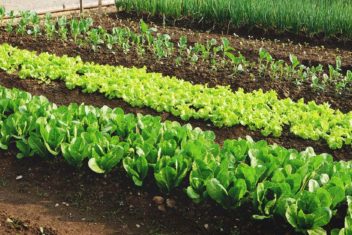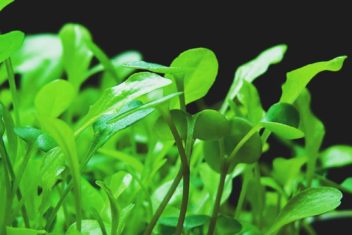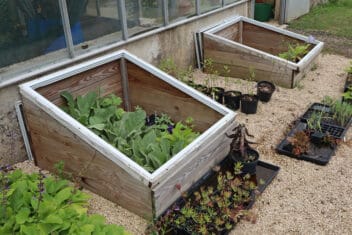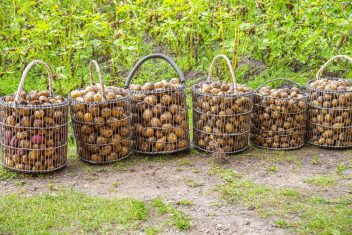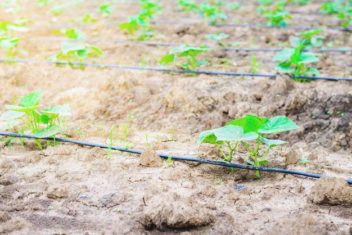Are you familiar with the technique of bottom watering plants? It really is exactly as it sounds: offering your potted plants drinks via their saucers rather than from above. This technique might seem counterintuitive, but it can provide a number of benefits.
Whether you’re a houseplant aficionado or you’re growing tons of potted herbs, you’ve likely struggled to keep up with their watering needs. This can be even more daunting in hot weather when the moisture in potting soil can evaporate in a matter of hours. Read on to learn why watering from below might help.
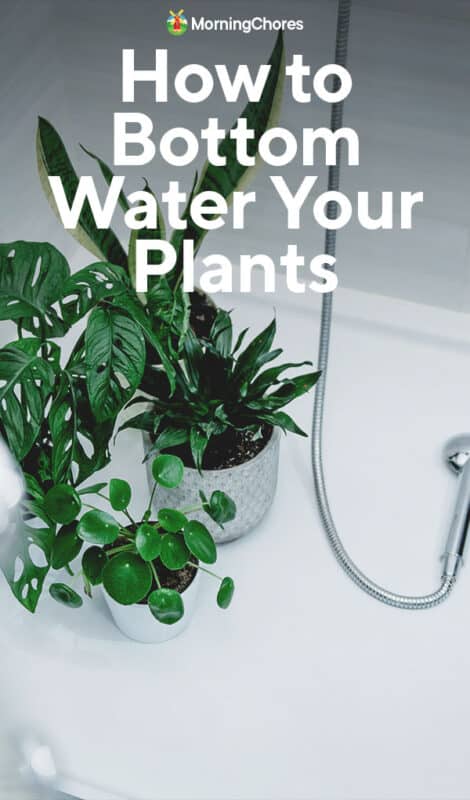
What’s the Point of Bottom Watering?
Do you cultivate plants in containers? If so, chances are you’ve experienced situations where the soil medium has gotten startlingly dry. When and if you’ve tried to rehydrate it by watering it well, it has responded by simply allowing all that water to flow through it and right out the drainage holes.
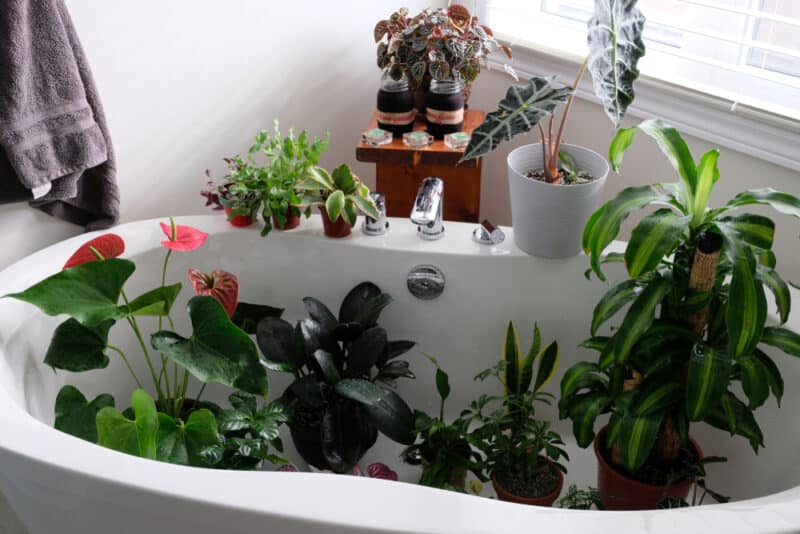
This is because it’s so dry that it’s gotten porous. The soil has compacted into little nuggets that won’t suck up the water you pour into it. That soil is now as resistant to soaking up water as an exhausted, hysterical toddler is opposed to much-needed sleep.
Bottom watering gives the soil an opportunity to absorb as much water as it needs. Exposure to water over a longer period of time lets the particles soften and relax so they actually draw up moisture again. Once rehydrated, the soil returns to being a healthy medium for your plants. That earth regains its health, and the plants once again have vital liquid to drink up so they can thrive.
Are There Additional Benefits?
Absolutely, yes.
When you water plants from the bottom, you give them the opportunity to let them draw up as much water as they feel that they need. Basically, it’s like offering a thirsty person a water bottle and letting them quench their own thirst.
When you water from above, you might not offer them enough to drink. They might merely get a rudimentary splash rather than the deep draught they’re desperately seeking. This will stress them out, especially if they then need to wait a while before the next drizzle.
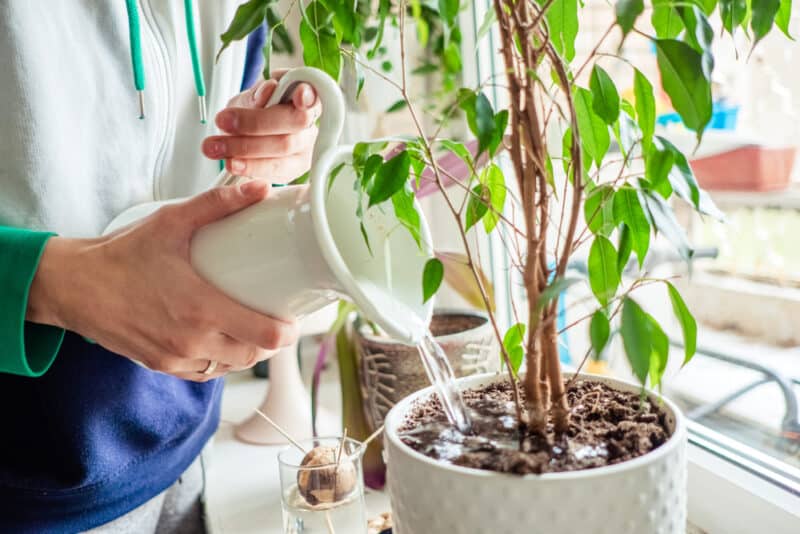
In contrast, you might also offer them a bit too much water from above, which may pool on the surface and just linger there. This unabsorbed liquid can contribute to fungal blooms, which are less likely to happen with this method. The fluid doesn’t have to fight its way (slowly) through multiple soil layers to get down to the roots, potentially cultivating fungi en route.
Additionally, some plants really don’t like to get their leaves wet. African violets are among those, but many other houseplants and herbs don’t fare well when showered from above. If water accumulates in their crowns or other crannies, they can suffer from mildew, fungus, and other issues.
Guess what doesn’t happen when you’re bottom watering your plants?
As another bonus, a lot of surface-dwelling insect pests like to prance around on moist soil. If the plant is being watered from below, then the surface stays dry. This creates an inhospitable environment for them, and the bugs will bugger off, so to speak.
The Best Bottom Watering Technique
Many people place their planters onto saucers so the latter can keep soil and excess water contained. Those are great, but please don’t pour water into those saucers to moisten the soil. If you do this, your plants might develop root rot from standing in stagnant water for too long. Instead, offer them drinks via the method I’ll lay out for you below.
This is the technique I use for my beloved African violets, as well as my indoor culinary herbs:
Fill your bathtub, sink, or a large baking dish with about 2 inches of room-temperature water. If desired, add a little bit of your favorite liquid fertilizer, as per the package’s instructions. You can water several potted plants at once with this method and get them all watered at the same time. If you go this route, however, omit the liquid fertilizer as different plant species have varied nutritional needs.
Place the potted plants into the tub for about 15 minutes. This is enough time for the soil to not just suck up a fair amount of water, but also hold onto it.
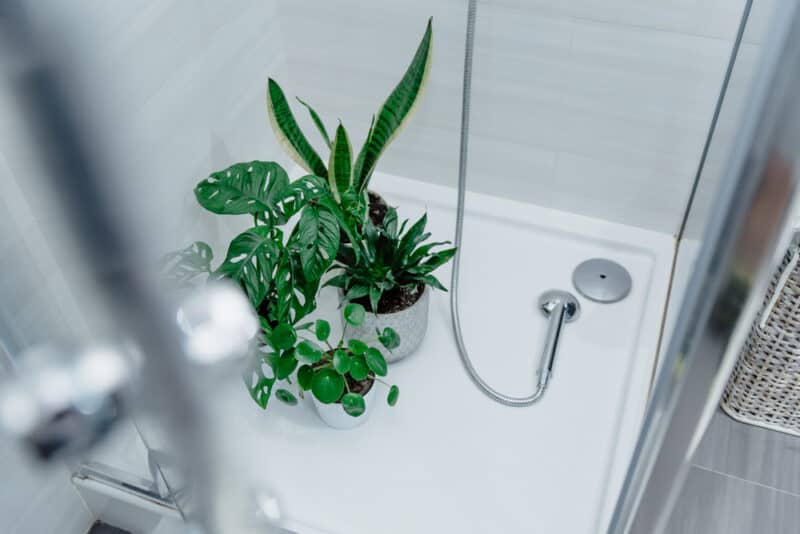
Then, either pull the plug and let all the water drain out of the tub or sink, or move your plants from the water-filled baking dish and into an empty one. Discard the water they’ve soaked in. Wait about 10 minutes for excess water to exit via the drainage holes, and place your plants back in their usual spots.
Potential Problems
I don’t know about you, but I have some really large potted plants. As a result, bottom watering just isn’t a viable option for some of them. I suppose I could get help moving my 17-foot-tall lemon tree and its massively heavy planter into a tub for this technique, but not easily nor often. As you can imagine, this process isn’t necessarily an ideal way to rehydrate large, heavy plants.
In addition, your soil might hold onto excess nutrients and fertilizers that top watering would eliminate. When you water from above, the liquid creates channels through the soil and down through the drainage holes. In contrast, bottom watering keeps those nutrient levels intact, which can lead to your plants getting fertilizer burn, or excess foliage rather than flowers or fruit, depending on species.
If you’ve worked slow-release fertilizer into your soil, consider bottom watering once a month and watering from above the rest of the time. The same goes for if you’re using tap water, as there may be minerals in there that can accumulate and harm your plants if they aren’t washed through.
Determine the Best Watering Methods for Your Plants
If you find that your potted plants dry out on a regular basis, it’s important to understand why this is happening.
- Are they close to a heat source such as a baseboard heater? If so, that heater can dehydrate the soil more quickly than expected.
- Does the soil have material worked into it that can help retain water? Potting soil should have vermiculite, moss, or coconut coil added into it specifically to maintain moisture levels. If the soil doesn’t already contain these, consider working some in.
- Are the plants rootbound? If a plant has outgrown its container, the roots may have spread out to fill the pot. As a result, whatever soil is left will have a great deal of difficulty absorbing water. There just isn’t enough of it left to draw up and retain moisture.
Try to address the causal issues before you change up your watering schedule and techniques. Sure, watering from below will do wonders for the soil, but it won’t address the underlying cause that’s making it dry out. Take care of both issues and your plants should perk up exponentially.
Final Thoughts
As you can see, bottom watering your plants is an ideal way to rehydrate—and potentially re-feed—depleted soil. If you’ve been struggling with dried-out containers on a regular basis, then make sure to repeat this process a couple of times a month.
Intersperse this technique with surface hydration, ensuring that your plants get deep, delicious drinks from above as well as below on a regular basis. This will keep the soil moist and springy while allowing excess minerals to flow through and out as well.
Oh, and while you’re at it, remember to keep yourself well hydrated too. We can all benefit from a bit more water and sunshine, right?
